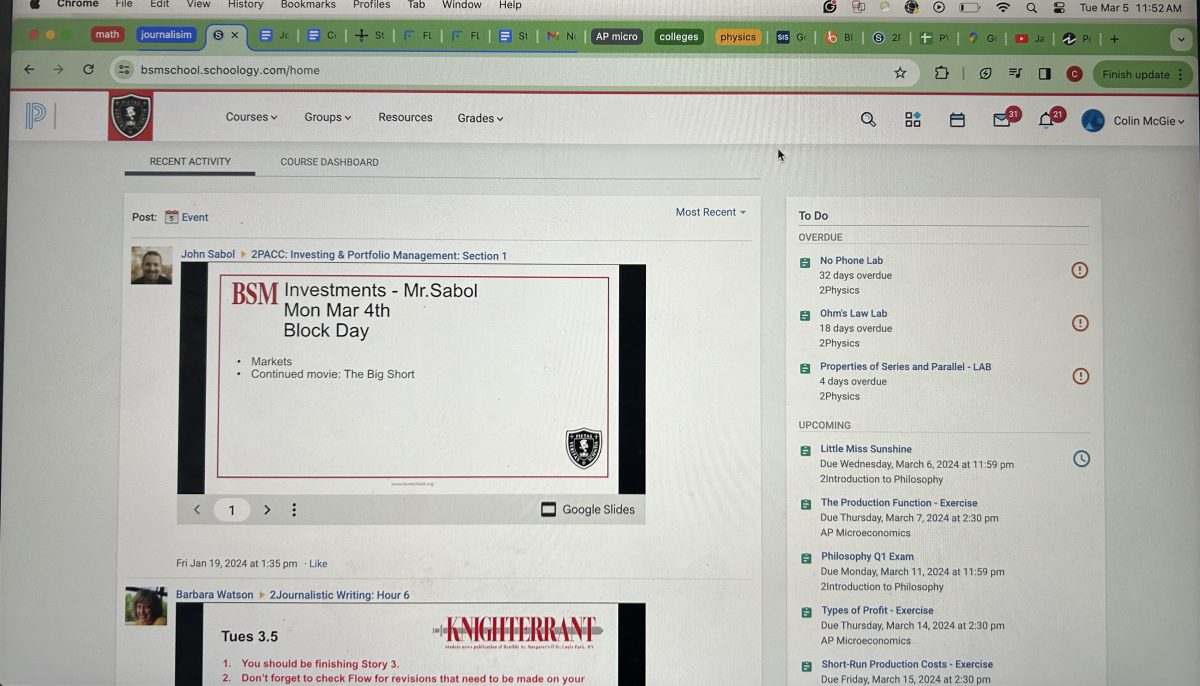Life, Liberty, & Minor Complaints: Solving Homelessness
Providing housing, not temporary relief, is the best way to combat homelessness.
Homelessness is still alive and well in this country. There are currently almost 600,000 homeless people in America, and about 50,000 of them are veterans. Homelessness is a massive problem in the United States, and luckily there are countless organizations trying to fix it in different ways. Unfortunately, many of these efforts don’t actually solve the problem of people not having homes. At the current rate, it will take 98 years for homelessness in America to completely dissipate. This means we need new solutions to fix this problem in the smartest way possible.
The lack of opportunities for homeless workers to climb the career ladder makes it nearly impossible to gain the finances necessary to afford housing even when they work hard.
— Andrew Torrance
First, let’s debunk a common misconception about the homeless population. “Why can’t they just get a job?” you may ask. Well, many of them do have jobs, about 44% of them to be exact. And when you consider that about 10% of homeless people are children and about 40% are disabled, you find that most able-bodied homeless people are working just as hard as any other working-class American. A significant factor that keeps homeless workers from finding housing is low wages.
In most states, the average minimum wage worker needs to work over 60 hours per week to afford rent. Additionally, it’s becoming increasingly difficult for minimum wage workers to work their way up to a living wage. The goal of a minimum wage job is to be a starting point for workers so they are motivated to work harder and eventually make more money. The problem lies in the fact that one in three minimum wage workers in 2013 were making the same exact wage in 2014, and two in three were making within 10% of the minimum wage. This is a change from the 1990s when only about half of minimum wage workers made within 10% of the minimum wage the following year. The lack of opportunities for homeless workers to climb the career ladder makes it nearly impossible to gain the finances to afford housing even when they work hard.
Another problem lies in the fact that homeless people don’t have an address. This causes confusion on job applications and puts off potential employers who have the same misconceptions about homeless people that many other Americans do. Without a home, it’s pretty much impossible for a person to establish any kind of financial security, so in order to properly address the issue of homelessness, we need to solve the problem at its source rather than handing out free meals and coats. Those things are nice, but you can’t build a house out of soup. The thing these people need is permanent housing, and that’s what we need to work towards getting them.
When you give a person a place to live, they have a place to keep their things, cook their meals, and have a sense of security and privacy. This all leads to better health outcomes and ultimately gives people an opportunity to find a stable job and establish financial security. Now I know that the moment most people think of “giving someone a home,” they think of all of the tax dollars that would be wasted on yet another entitlement program. However, when it comes to homelessness, giving people permanent housing is actually the most economically savvy approach.
Think about it this way—when someone is homeless, our tax dollars go to paying for their emergency services, hospital visits, and law enforcement as well as funding many shelters and soup kitchens that give only temporary solutions to the vast problem of homelessness. All of these expenses add up to between $20,000 and $80,000 per homeless person per year depending on city and state. On the contrary, the cost of temporarily putting a homeless person in an apartment ranges between $7,800 and $10,000 per year. This means that cities can save money by putting people in homes and letting them get their own good-paying jobs while they pay for their own services and make a life for themselves.
It’s not because they’re lazy or don’t want to work hard enough; it’s because without a home, it’s impossible to become financially independent.
— Andrew Torrance
Utah was one of the first states to test this approach to solving homelessness in 2005, and in just 10 years, their homeless population dropped by more than 90% all while saving over $20,000,000 in taxpayer dollars. Similar approaches were adopted in California, Florida, and many other states. All of these states profited off of their decision while reducing their homeless populations as the formerly homeless eventually became working, financially independent members of the middle class.
This method of ending homelessness works so well because once somebody has a home, they can address all of the issues that made them homeless in the first place and find a job to pay for all of their expenses so the government doesn’t have to. They aren’t getting their home for free either as they pay 30% of their income to cover their rent, and once they get grounded and are able to establish financial independence, they no longer get assistance for their housing and are completely on their own. This is great for cities because they no longer have to waste money on serving the homeless, and the formerly homeless then contribute to economic growth.
The truth is that nobody wants to be homeless. Nobody wants to live a life of poverty while their expenses are subsidized by government assistance. People want to live self-sufficient lives with disposable income so they can do the things they want to do while feeding their families and contributing to the economy. The unfortunate reality is that without a home, people simply can’t do that. It’s not because they’re lazy or don’t want to work hard enough; it’s because without a home, it’s impossible to become financially independent. So we can either waste money on people living on the streets, or we can save money by helping them with housing, letting them live their own lives, and then never having to pay for their services again.
















































